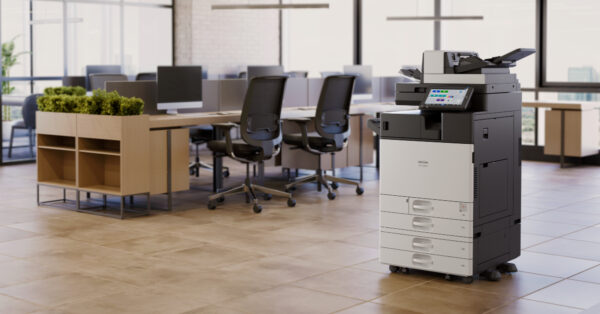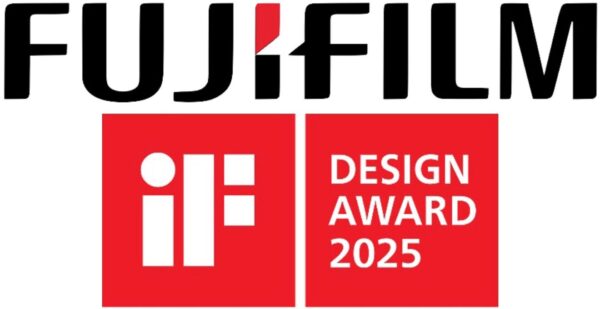Art Post, client relationship manager with Stratix Systems and the founder of the P4P Hotel MFP Solutions Blog, is never at a loss for ideas for improving the office imaging industry. Some of his opinions may sound off the wall, while others resonate with his followers in the P4P Hotel community.
He shared his concept for a better MFP a few weeks ago with me. “When you look at SMB MFPs, every manufacturer has a line from 20 ppm to 60 ppm, what I call their SMB or enterprise line,” explained Post. “That’s traditionally six color and six black & white machines. And for most of their devices, certain options will work on some machines but not others.” The same with features, which vary from one device to another. “This industry needs to change,” emphasized Post. “The print industry has gotten very complicated.”
The problem he points out is that there’s no consistency. Post believes all 20-60 ppm A3 machines should be identical as well as all 70-100 ppm light production machines, and 30-70 ppm A4 machines to solve this problem. “The industry should move to three devices,” he says. His concept is to build a basic print engine that can print in color and black & white and output at different speeds. The dealer can then sell a license to users who want to upgrade to color or a faster speed. The machines would also use the same accessories, such as document feeders and scanners.
He takes his concept a step further, proposing a variable speed option. This way, the user can change the speed of the machine depending on the job or work they’re doing. They can print at a lower speed if they need higher-quality documents or are running envelopes. And if they don’t need high-quality output, they can set the machine to print faster.
Dealers could sell these additional capabilities via a subscription model. The dealer would buy the base machine from the manufacturer and sell the customer a yearly subscription. The benefit to the dealer and the customer is that when it’s time to renew the subscription, they can change the speed or add color for X amount of dollars. In addition, a device that offers variable user-programmable print speeds offers a new talk track for sales reps and another reason to follow up with customers about adding this capability.
“This makes a lot of sense for our industry because dealers won’t have to stock eight or nine different devices and a bunch of different accessories that don’t work on all machines in stock,” said Post. Consistency would also benefit the manufacturers because parts, accessories, and supplies would all be the same.
With the advent of software as a service (SaaS), hardware as a service, and other licensing options for different products, Post’s concept isn’t so off the wall, particularly in an industry where print is declining. “When we’re in an industry that’s contracting, don’t we want to make it easier for clients to acquire our machines?” questions Post. “Don’t we want to allow them to customize their machines?”
For Post, it’s about providing customers with a better buying experience. The obstacle is convincing the OEMs that this is a valid concept. Sure, some OEMs are producing MFPs that have a consistent design and use the same supplies and accessories, but that doesn’t usually extend across all speed ranges in their lines. Another obstacle is educating end users across an organization about programming the MFP so that it prints at variable speeds or in color.
Anyway, it’s something to think about.
_________________________
To become a subscriber, visit www.thecannatareport.com/register or contact cjcannata@cannatareport.com directly. Bulk subscription rates are also available upon request and included in our media kit.





